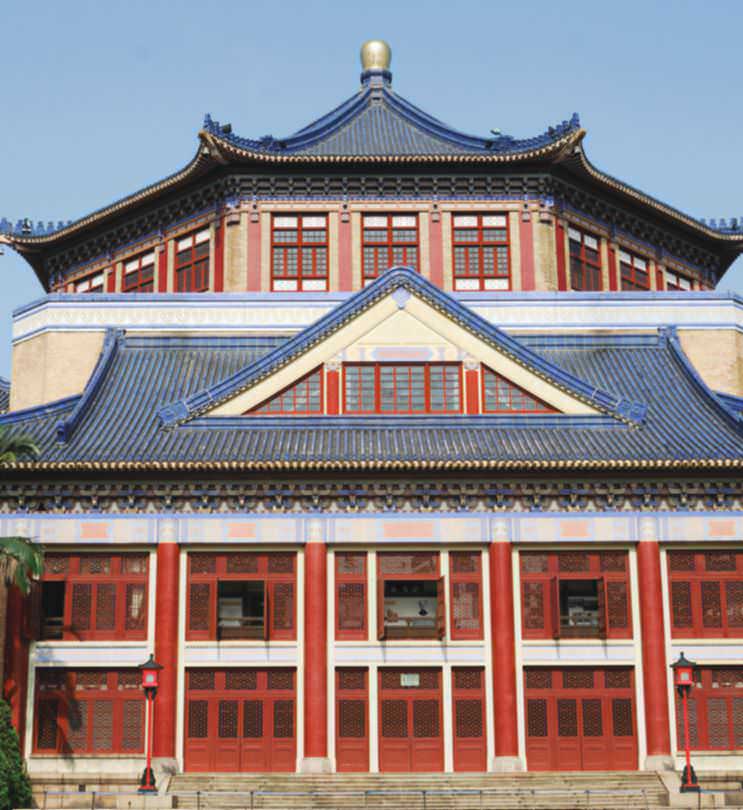Prøve GULL - Gratis
Guangzhou's Glory Days
Business Traveler
|October 2015
A stroll through ancient Cantons old quarters reveals a rich cultural diversity and distinctive architectural heritage.
-

Usually overlooked by visitors to China, historic, multilayered Guangzhou offers far more history and cultural interest than its glossy modern business center would suggest. Known for centuries as Canton, its ties to early global trade go back to Roman times.
China’s Latin name – Serica – is the same word for silk and that, in turn, derives from Ancient Chinese. No surprise there – most of this precious material reached the wider world via Canton. Trade links to Arab realms from the 7th century AD onward offer modern echoes; Guangzhou has one of the world’s oldest mosques, and the city remains a major hub between China and the Middle East.
Commercial relationships with the West started in the 17th century. From the 1760s until 1842, Canton was the only port in China open to maritime trade. By the early 19th century, this monopoly position had made it one of the world’s wealthiest cities.
Independent-minded, visionary mayors and provincial governors shaped contemporary Canton in the late 1920s and 1930s; extensive infrastructure development from the 1980s further transformed the city. But as Guangzhou’s new urban center was deliberately located some distance away, Canton’s historic core remains largely intact. Even better, imaginative restoration and conservation projects are going on all over the city.

Shameen
Denne historien er fra October 2015-utgaven av Business Traveler.
Abonner på Magzter GOLD for å få tilgang til tusenvis av kuraterte premiumhistorier og over 9000 magasiner og aviser.
Allerede abonnent? Logg på
FLERE HISTORIER FRA Business Traveler

Business Traveler US
In the Mix
A refined hotel bar offers bold cocktails in the heart of Barcelona
2 mins
September 2025

Business Traveler US
Pure Michigan
Superior golf in the heart of the Midwest
4 mins
September 2025

Business Traveler US
Harbor Lights
A waterfront Boston property feels more like a luxury resort than an urban hotel
3 mins
September 2025

Business Traveler US
Sunny Delight
A new Florida cuisine emerges in Orlando
2 mins
September 2025

Business Traveler US
Sports Star
Kia's new EV6 combines fun styling with superior performance
1 mins
September 2025

Business Traveler US
Fare With Flair
Authentic Italian cuisine is a highlight on ITA's transatlantic crossing
3 mins
September 2025

Business Traveler US
The Season's Statement Pieces
New carry-ons from global luxury brands
3 mins
September 2025
Business Traveler US
Wines of the Times
Columnist Nicholas Kristof produces acclaimed chardonnay and pinot noir grapes in Oregon's Willamette Valley
3 mins
September 2025

Business Traveler US
CUISINE
How fashion brands are attracting customers to their flagship stores with elaborate F&B concepts
4 mins
September 2025

Business Traveler US
Fall Masterworks
The season's most extraordinary timepieces
2 mins
September 2025
Translate
Change font size
